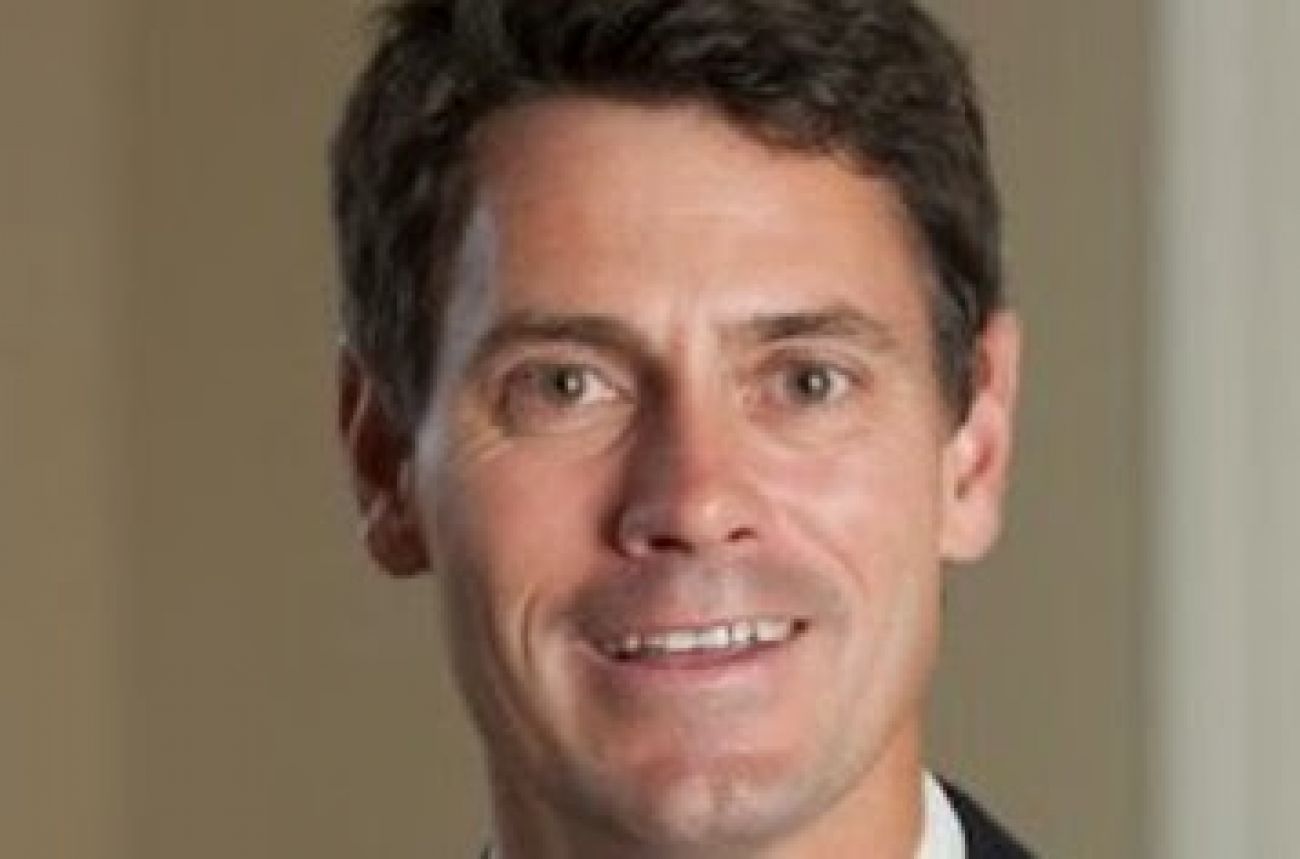Detroit students unfairly pay the price for the district’s debts

The Detroit Public Schools district (DPS) is facing very serious challenges. It was recently reported that DPS ranked last in academic achievement (4th and 8th graders) among large urban districts nationally on the National Assessment of Educational Progress, also known as the Nation’s Report Card. This was the fourth time in a row that DPS ranked at the bottom. Also, the district is grappling with major financial problems, including annual operating deficits and massive legacy debts. Both sets of problems, academic and financial, are interrelated and require immediate attention in order to halt the “death spiral” in which the district currently finds itself.'
One aspect of the efforts to address the district’s ongoing financial problems that has gone unnoticed is the harm being done to intergenerational equity among DPS students. The core notion behind intergenerational equity is that future generations should not have to pay for the government services received by past generations. If today’s taxpayers pay less than the full cost of the services they receive today, either future taxpayers will have to pay more taxes or fewer resources will be available to fund services. To preserve equity, governments must live within their means and balance revenues and expenditures without borrowing from the future.
For public school finances, intergenerational equity means that today’s students should not be on the hook for the costs of educational services delivered to students in the past. Unfortunately, DPS’s current operating budget is paying for educational services delivered over 10 years ago. This is not equitable.
Like every other public school district in the state, DPS receives the bulk of its operating revenue from the per-pupil foundation grant. Each district’s foundation funding is a function of the grant amount and the number of students enrolled. For the 2015-16 school year, DPS’s grant is set at $7,434 per pupil. Based on last year’s enrollment figures (2015-16 student count is not yet available), the district will receive approximately $350 million in foundation funding this year (47,100 students x $7,434).
This funding is used to pay for teachers’ salaries and benefits, lighting buildings, textbooks and other operational expenses. In DPS’s case, a sizeable share of these funds will go toward debt service payments (principal and interest) on previous years’ cash flow borrowings; short-term borrowings that were converted to long-term debts.
Districts across the state regularly issue short-term notes to meet their cash flow needs throughout the school year. These needs arise because of the differences between the timing of receipts and outlays each month. Districts generally engage in cash flow borrowing early in the fiscal year (July 1) and must repay the full amount, plus interest, by August of the following calendar year using the current year’s per-pupil foundation funds. It is effectively a type of cash advance.
Three times over the last five years (2011, 2012, and 2014), DPS has been unable to repay its short-term cash flow borrowings within the 13-month timeframe. Each time, the district’s emergency manager has requested and received authorization from the State of Michigan to extend the repayment period. In some cases, the repayment was extended as far out as 10 years. What this means is that for the next 10 years, a portion of the per-pupil funds that the district receives will go to pay off previous years’ cash flow borrowings. Basically, paying for the educational services delivered to former DPS students.
This violates the notion of intergenerational equity.
In the 2015-16 year, DPS will have to pay approximately $140 million in debt service costs (nearly $3,000 per pupil) for past cash flow borrowings. These payments will have to be made from the per-pupil funds the district receives. The total debt service represents about 40 percent of the per-pupil foundation dollars that DPS will receive. Stated another way, DPS will have just 60 percent of the total per-pupil foundation dollars it receives to deliver services to students this year.
As DPS’s financial condition worsened over the years, state officials in charge of the district often did the expedient thing to address the challenges of the day; pushing costs out into the future. While these actions may have helped balance the budget for a single year, they created a great deal of inequity for today’s schoolchildren. As decision makers coalesce around solutions to the district’s academic and financial failings, they must ensure current students have the financial resources promised to them and avoid burdening them with past legacy costs they cannot afford.
See what new members are saying about why they donated to Bridge Michigan:
- “In order for this information to be accurate and unbiased it must be underwritten by its readers, not by special interests.” - Larry S.
- “Not many other media sources report on the topics Bridge does.” - Susan B.
- “Your journalism is outstanding and rare these days.” - Mark S.
If you want to ensure the future of nonpartisan, nonprofit Michigan journalism, please become a member today. You, too, will be asked why you donated and maybe we'll feature your quote next time!


 Craig Thiel is senior research associate at the Citizens Research Council of Michigan, a nonpartisan public affairs research organization.
Craig Thiel is senior research associate at the Citizens Research Council of Michigan, a nonpartisan public affairs research organization.